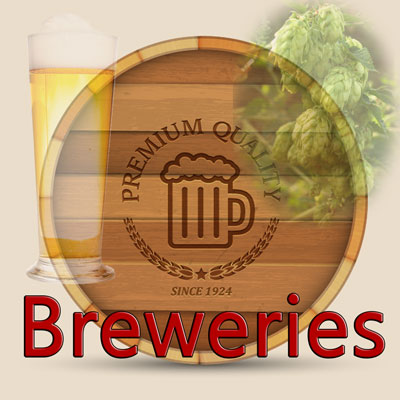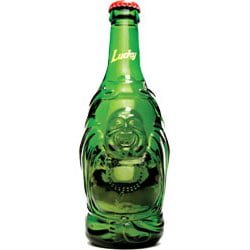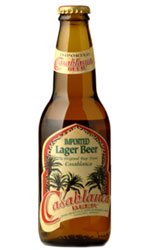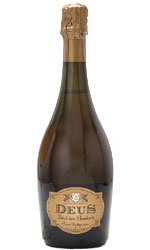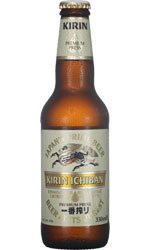Lager Beer
Brewed throughout Western Europe, North America and Asia, lager beer – or lager – makes up over ninety percent of the of all beer produced and sold around the world.
Lager is brewed using cold fermentation and then matured in barrels below 18 degrees Celsius, which is how the beer is differentiated from other ales, stouts, beers and ciders.
Because of these simple production rules, what we consider a lager can be varied.
Pale beers like Pilsners and bocks are light and refreshing, generally what we tend to think of when we picture a pint of lager.
But there are also the amber and dark lager varietals like Bavarian ambers, Dunkels and the infamous Oktoberfest, which have the signature cold style fermentation but result in a larger heft and richer, darker finish.
The wonderful thing about lager, is that there is always something new to try, and is in large part what makes the lager production industry so popular, wide-ranging and creative.
Making Lager – Bottom-Down Brewing
Lager can be made in several different ways, however the original styles involved bottom brewing or bottom-cropping.
Used in Germany since the nineteenth century, the beer was fermented and the brewing yeast collected from the bottom of the container, traditionally called the fermenting wort.
As the first lagers were produced this way, their flavours were generally pale in colour and used cold treatment during the maturation process – producing the signature refreshing finish.
The best example of this style of lager is the German Lagerbier.
Tasting pale and hop-heavy, this is still pretty close in flavour to a modern day Pilsner or Bavarian light lager.
Pale Lager
Pale lagers are the most popular export from this family of beer. Fermented at only 10 degrees and then matured in near freezing temperatures, this is what gives lagers like Heineken, Budweiser and Stella Artois their fresh and zesty flavour.
Often overlooked by connoisseurs as mass-produced and synthetic tasting, there are still wide selections of pale lagers made by independent breweries which use cold fermentation to produce beautiful tasting beers.
Howling Hops, Pils lager brewed in London is a great example of how pale lager should taste, light and zesty with a sun-blasted hoppy aftertaste – it’s a world away from Coors, but still perfectly refreshing.
Find your favorite Lager Beer
-

Lucky – Buddha 24x 330ml Bottles
€41.15 Find merchant -

Mexicali – Dark 24x 330ml Bottles
€46.69 Find merchant -

Brahma – Brazilian Lager 24x 330ml Bottles
€48.89 Find merchant -

Stella Artois 24x 330ml Bottles
€35.69 Find merchant -

Casablanca 24x 330ml Bottles
€43.11 Find merchant -

Deus – Brut des Flandres 75cl Bottle
€21.61 Find merchant -

Estrella – Damm 24x 330ml Bottles
€52.44 Find merchant -

Sapporo 24x 330ml Bottles
€32.98 Find merchant -

Kirin – Ichiban Shibori 24x 330ml Bottles
€48.05 Find merchant
More Lager Beers at page 2
Amber Lager
More popular throughout the middle of Europe and North America, amber lager – also known as red lager – is a medium bodied, malty and copper-tone beer, with a slightly hazy finish in comparison to pale beers.
Hops tend to be more heavily used when creating amber lager, however, its flavour is generally more malt-heavy, which richer after notes.
Try Beartooth, from Four Pure brewery as a solid choice of red lager – tasting of bitter malt, and a with cocoa nib finish this is a beautiful and malty lager.
Dark Lager
Dark beer- or Dunkel as it’s known throughout Central Europe has had something of a makeover in the past twenty years.
Think that all dark lager beer is all heavy? Think again.
Dark lagers vary widely and whilst in the past have been weighed down with how much barley malt was used in mixing US brewed dark lagers are refreshingly light whilst still in keeping with the signature dryness of traditional dark beer.
For a strong and solid dark lager, try a Samuel Adams black for a malty yet refreshing beer, as its low ABV proves to be great as a session beer, but with the signature dark and malty, tannin heavy taste that dark beers are famed for.

Michael Bredahl
Wine Writer
Michael is an online enthusiast, with a lot of knowledge about online marketing. Traveling around the world to hunt for the perfect wine. Latest on Sicily, where Etna has a huge impact on the taste, which is strong with a bitter aftertaste for the youngest wines, but older wines are fantastic. Drinking wine, and writing about them, are one the passions. Remember to drink responsibly 🙂
Are you a Copywriter?
We have a lot of articles without much content, if you can do it better, you are welcome to write a nice article, and get the proper credit for that. Read more information about beeing an author, and Contact us for more information.



